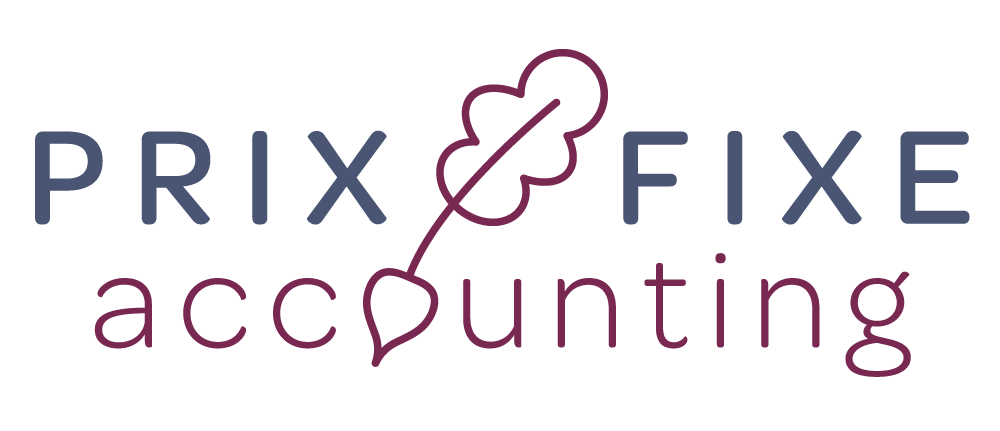If you’ve been in the business for a while, you’ve heard the terms “food cost” and “labor cost” thrown around. Generally speaking, it usually comes up when partners at a restaurant are reprimanding the kitchen about how one of the metrics are absolute garbage. You’ve also probably heard the chef counter with an excuse about how good the other metric is. Arguments ensue. Voices raise. Cooks run for cover.
Yet somehow, in the midst of yelling, utensils flying, and cooks pretending they need to get something… anywhere else, Voila! We’ve inadvertently stumbled upon the most important restaurant metric: “Prime Cost”
What’s the formula for Prime Cost?
Labor Cost (Front of House, Back of House & Management) + Cost of Goods ( Food Cost & Beverage Cost)
Why is it important to use Prime Cost?
There are a couple of reasons why this using prime cost is the single most important restaurant metric. First, it takes into account the two largest costs of a restaurant: Cost of Good Sold (Food and Beverage Cost) and Labor. One of these numbers alone can sink a restaurant. Both of them? Well, it’s absolutely essential to survival to get the number right.
Second, it is the easiest way to calculate your breakeven point because you know how much you earn with every guest that walks through the door. If your check average is $50 and your prime cost is 52%, you know that you’ve earned $26 before occupancy and administrative costs. It’s essentially your variable cost.
Third, it allows for more flexibility. Not all concepts are going to be able to hit a certain food cost or labor cost, based on the style of business, or physical limitations of the business. If the restaurant is committed to sourcing locally, the restaurant will have to make up for its high food cost with more conservative labor.
What is the ideal Prime Cost?
It’s subjective to the concept and style of business, but ideally, the number we’re looking for is 50%, but 55% is also acceptable. In high end, fine dining establishments, labor costs can be a sizable chunk of prime cost, while ingredients less so. This would be the opposite of a steakhouse, which would have a higher food cost, but a simplified menu allowing for lower food cost. So, as you can see, there is a lot of flexibility in prime cost; and as long as you can hit the target, it’s likely that the restaurant will be profitable.
What about seasonal restaurants?
Well, hate to break it to you, but you’re not going to hit prime cost in the off-season. You can only time your labor cost so much while still maintaining hours, so one of the limitations of the golden target of prime cost is lost with seasonal businesses. However! It’s worth mentioning that seasonal businesses lose money in the off-season. Its a game of feast or famine, so keeping the prime cost as low as possible is still a good guiding light to these restaurants. It’s also worth noting that in the summer months, prime cost will probably have to be sub-50% in order to come up with an annual average that is sustainable for the business.
Need Help Calculating Prime Cost?
At Prix Fixe, we recognize that every restaurant is different, that’s why our team is here and ready to discuss your specific requirements, so we can best support your restaurant bookkeeping and accounting consultancy needs. Get in touch with Prix Fixe today.


